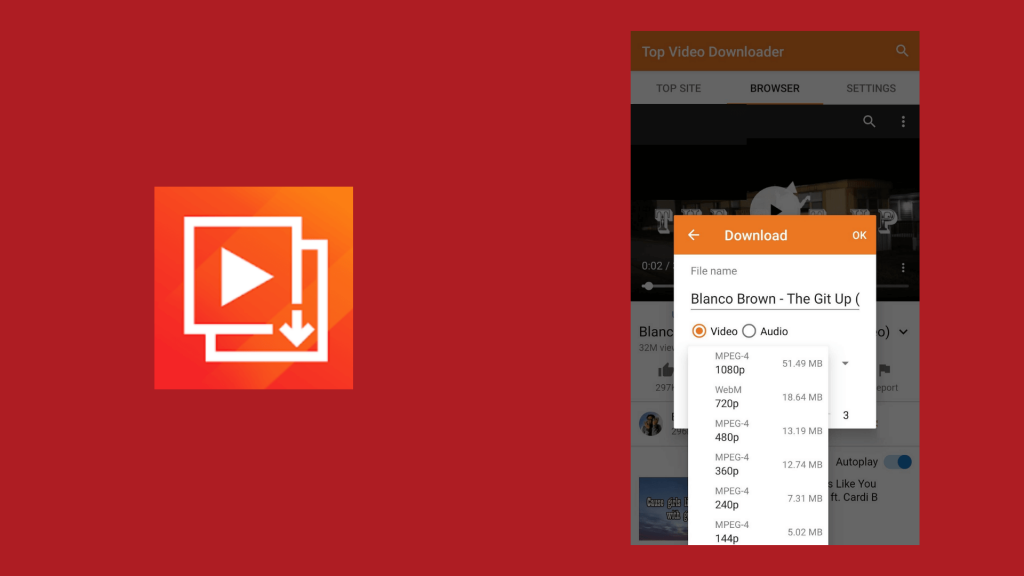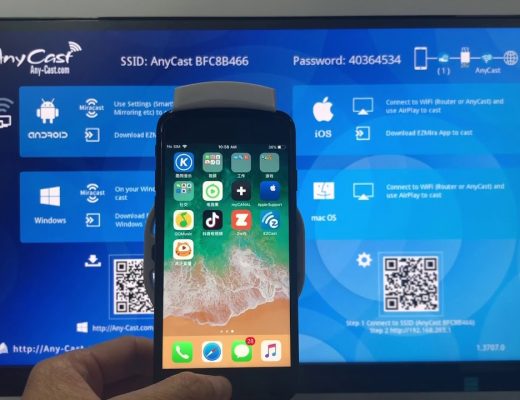YouTube is the most popular video streaming platform on the internet, where millions of videos are uploaded every day. As it has been around for over a decade, it continues to be one of the most visited websites in the world. With billions of views every day, it’s no wonder people want to know how to download YouTube videos for offline viewing or sharing with friends and family. Fortunately, several free tools allow you to do this quickly and easily, such as converting your favorite YouTube video to mp4 format. Here is our guide on how to download YouTube videos in mp4 format, which is compatible with most devices and media players, in five easy steps.
1. Choose a video downloader
The first step is to choose the right tool for downloading YouTube videos. There are many options out there, but some of the more popular ones include FreeMake, 4K Video Downloader, ClipGrab, and YTD Video Downloader. Each of these programs has its own benefits and features, so make sure you do your research before making a final decision. You can find detailed reviews of each program online or use a comparison site such as Cnet or Softonic to compare them side-by-side.
2. Install your chosen program
Once you’ve chosen your favorite video downloader, you’ll need to install it on your computer or laptop. Depending on the program you choose, the installation process may vary slightly, but generally, it involves simply clicking ‘Install’ and following the on-screen instructions to completion. Many programs will also require you to register before using them, which may involve completing an online form or entering payment details (usually only for premium versions).
3. Copy the URL link of the desired video
Before starting the actual download process, you must copy the targeted video’s link address from your web browser window into your chosen program interface – otherwise known as pasting a URL link! This can usually be done by locating either the ‘paste link here’ section within your program’s menu system, or simply by selecting the ‘ctrl + v’ keys simultaneously after clicking into an empty field within the said menu system. This should cause a pop-up box asking you to paste in your copied URL link, so make sure you have this ready!
4. Select your output settings
The next step is to set up the video output settings, which involves selecting things like the desired file format (MP4 is typically used), quality settings (HD 720p or 1080p recommended), as well as any other optional customizations available such as subtitles, etc… Most good quality programs come with pre-programmed presets that allow users to select their preferred output settings without having to fiddle around with complicated software menus – make sure these match your personal preferences before proceeding!
5. Start the download process
At this point you should have everything set up correctly both within your browser window where the target video resides AND within the downloaded software program itself – so it’s time to start downloading! Click on the ‘Download Now’ button located somewhere within the main user interface screen OR select the automatic mode if available (this allows multiple downloads to be made at the same time) and then sit back while the selected content is immediately transferred to your local storage drive(s). Depending on the size of the file being transferred plus the internet speed connection used – average times range from a few seconds to minutes, depending on the type of media being downloaded.
6. Enjoy your new offline content!
Once the complete transfer process is finished successfully, enjoy watching your favorite movies/shows whenever and wherever without needing an active internet connection again, thanks to modern technology revolutionizing the digital entertainment industry overall! So why not give it a try today and experience true convenience for yourself? Just follow the above steps correctly, and get started as soon as possible, and maximum satisfaction is guaranteed every single time – Happy viewing, everyone!






